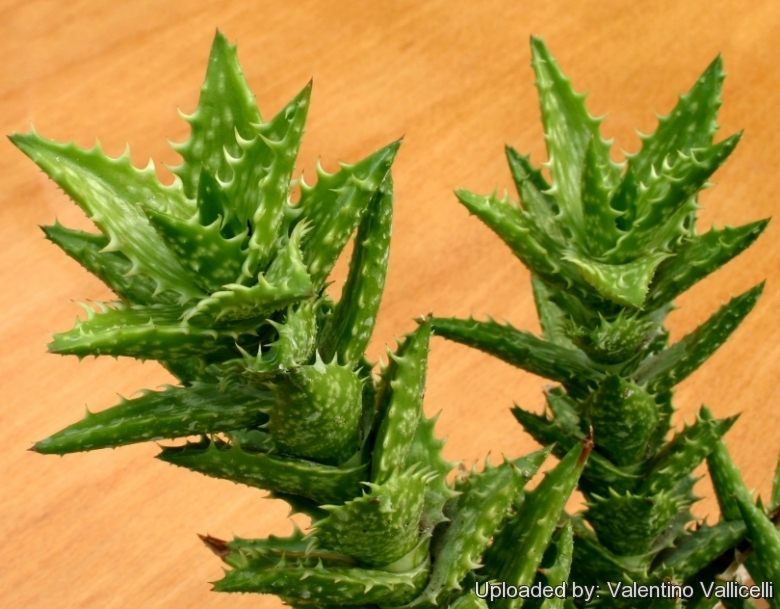
Aloe juvenna Photo by: Valentino Vallicelli
It is very attractive and forms smallish spikey rosettes from the base. Leaves are bright green with lighter green spots on inner and outer surfaces.
Origin and Habitat: Kenya
Synonyms:
Common Names include:
ENGLISH: Tiger Tooth Aloe
Description: It is a miniature aloe with erect or procumbent multi-branching stems. Suckers profusely and makes almost a groundcover effect.
Stem: Basally branching, approximately 10-30 cm tall.
Leaves: Succulent bright green flecked with cream-white prominent spots on inner and out surfaces, leaf margins have small teeth. The leaves form small rosettes that give the impression of fuzziness from a distance (is not, though). Leaves turn a brownish bronze in hot summer sun, but plant tolerates it well.
Flowers: Bright coral-pink. Inflorescence usually simple (not branched) .
Blooming season: Warmer month.
Bibliography: Major references and further lectures
1) Urs Eggli “Illustrated Handbook of Suculent Plants: Monocotyledons” Springer, 2001.
2) Susan Carter, John J. Lavranos, Leonard E. Newton, Colin C. Walker “Aloes. The definitive guide” Kew Publishing, Royal Botanic Gardens, Kew 2011
3) Court, D, 1981. “Succulent flora of Southern Africa” Balkema, Cape Town.
4) Gordon D. Rowley “The illustrated encyclopedia of succulents” Crown Publishers, 01/Aug/1978
5) Leistner, O.A. 2005. “Seed plants of southern tropical Africa” SABONET, Pretoria.
6) Nichols, G. 2005. “Growing rare plants, a practical handbook on propagating the treatened plants of southern Africa” Southern African Botanical Diversity Network Report No. 36. SABONET, Pretoria.
7) Reynolds, G.W. 1950. “The aloes of South Africa” The Aloes of South Africa Book Fund, Johannesburg.
8) Van Jaarsveld, E., Van Wyk, B-E. & Smith, G. 2000. “Succulents of South Africa” Cape Town , Tafelberg
9) Hans Bornman, David S. Hardy “Aloes of the South African veld” Voortrekkerpers, 1971
10) Barbara Jeppe “South African aloes” Purnell, 1974
11) Ben-Erik Van Wyk, Gideon Smith “Guide to the Aloes of South Africa” Briza Publ., 1996.
12) Van Wyk, B-E. & Smith, G. 1996. “Guide to the aloes of South Africa” Briza Publications, Pretoria.
13) Urs Eggli, Leonard E. Newton: "Etymological Dictionary of Succulent Plant Names." Springer, Berlin/Heidelberg 2010
14) Moran, R. “Aloe wild in California.” Cact. Succ. J. (Los Angeles) 64: 55-56.1992
15) Walter C. Holmes & Heather L. White “Aloaceae” in: “Flora of North America” Volume 8. on line <http://www.efloras.org>
16) Forest & Kim Starr “Aloe juvenna)”. Plants of Hawaii. <http://www.starrenvironmental.com>. Web. 27 Sep. 2014.
17) San Marcos Growers contributors “Aloe juvenna” San Marcos Growers <http://www.smgrowers.com>. Web. 27 Sep. 2014.
 Aloe juvenna Photo by: Cactus Art
Aloe juvenna Photo by: Cactus Art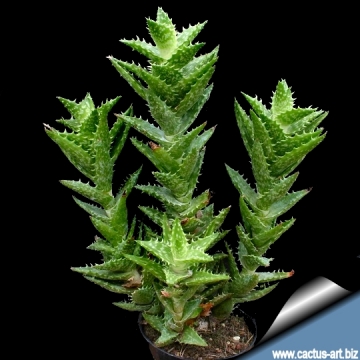 Aloe juvenna Photo by: Cactus Art
Aloe juvenna Photo by: Cactus Art Aloe juvenna Photo by: Cactus Art
Aloe juvenna Photo by: Cactus Art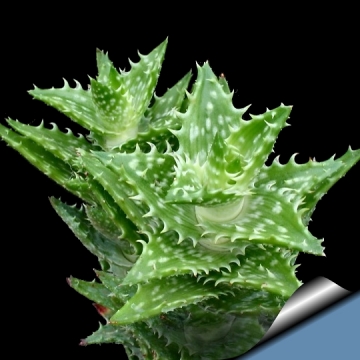 Aloe juvenna Photo by: Cactus Art
Aloe juvenna Photo by: Cactus Art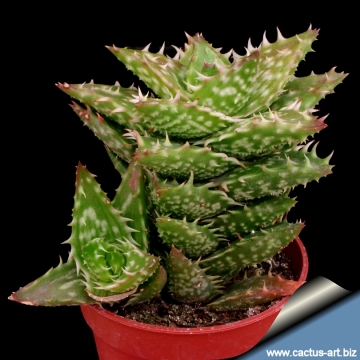 Aloe juvenna Photo by: Cactus Art
Aloe juvenna Photo by: Cactus Art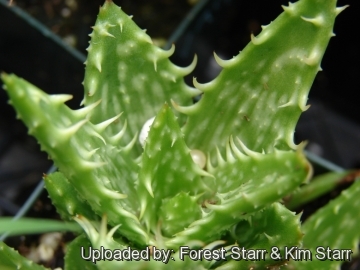 Habit at Kula Ace Hardware and Nursery, Maui, Hawaii (USA). September 06, 2007. Photo by: Forest Starr & Kim Starr
Habit at Kula Ace Hardware and Nursery, Maui, Hawaii (USA). September 06, 2007. Photo by: Forest Starr & Kim StarrCultivation and Propagation: Needs light shade to full sun, but will redden with more light exposure. Regular water in summer, keep dry in winter, needs good drainage It grows much better outdoors in spring and summer, it is also perfect for the bright windowsill. Avoid any frost.
Propagation: Cuttings or (rarely) seeds.
















